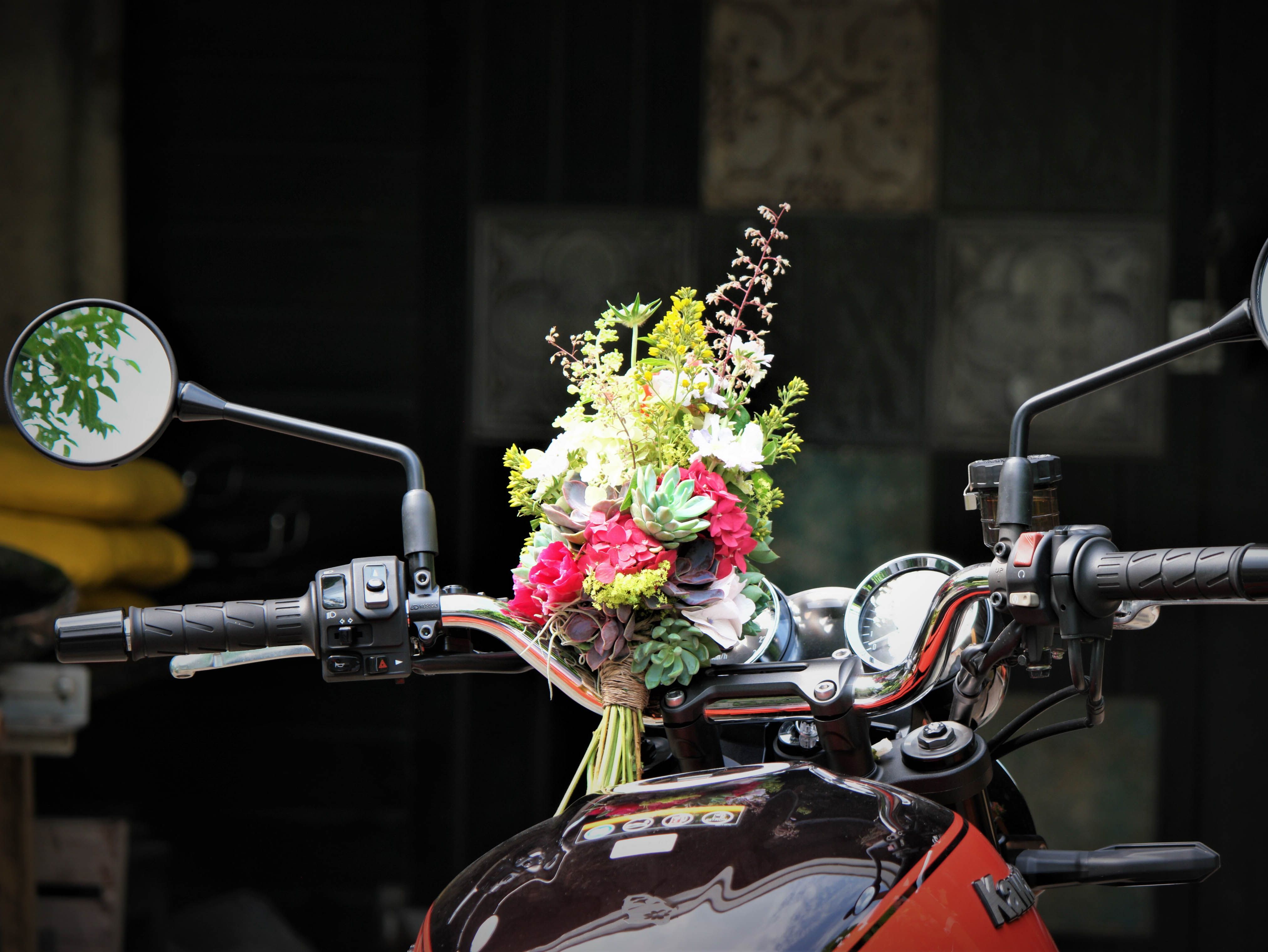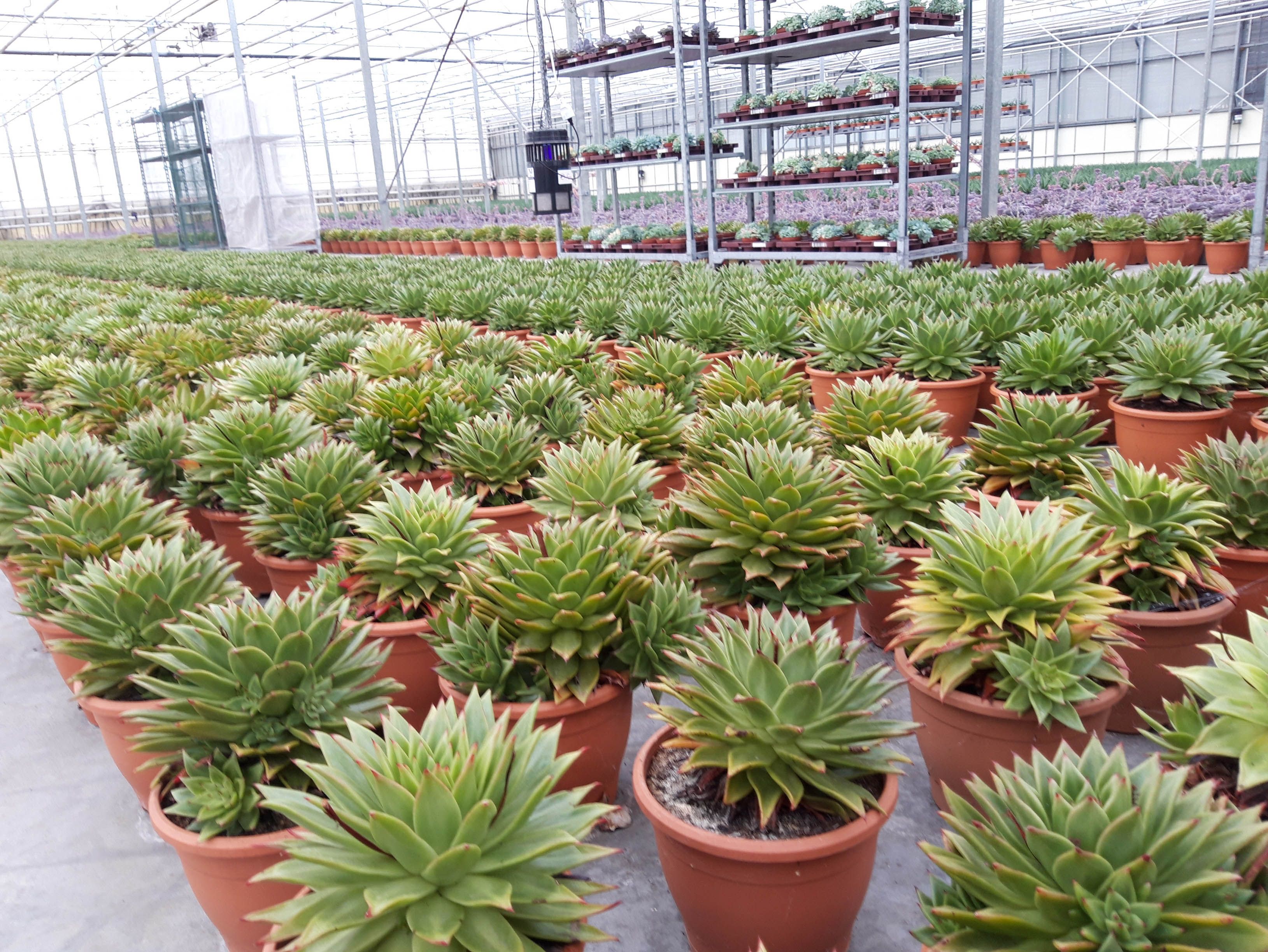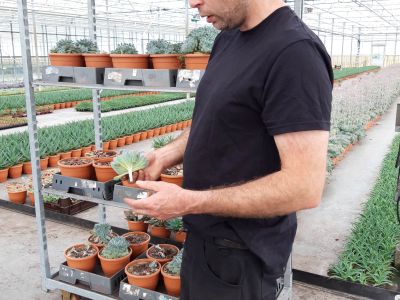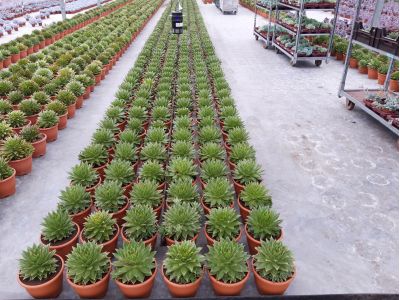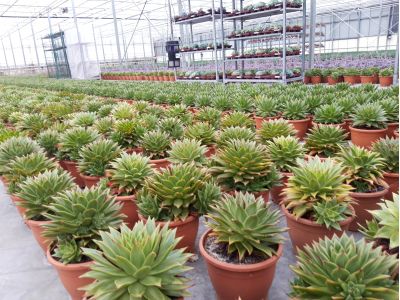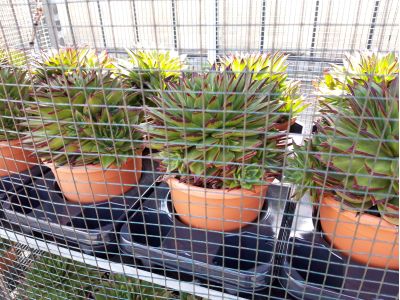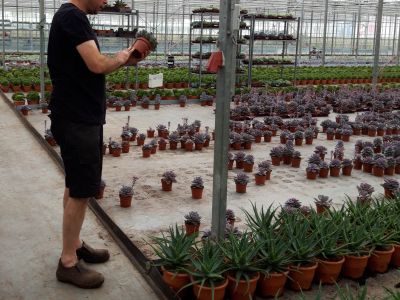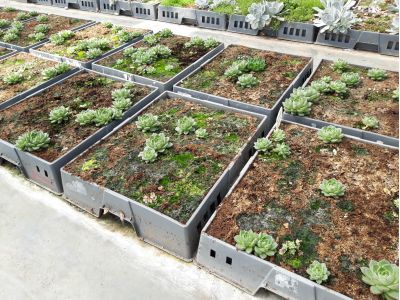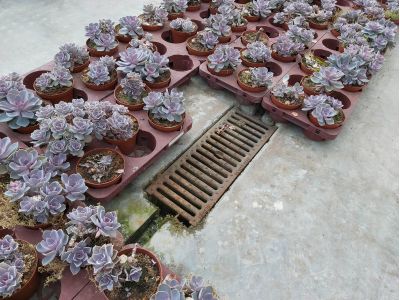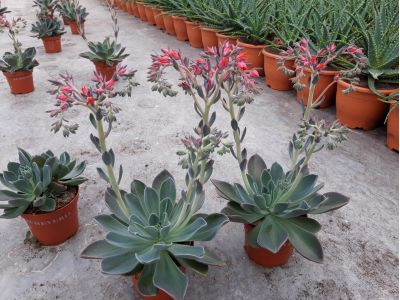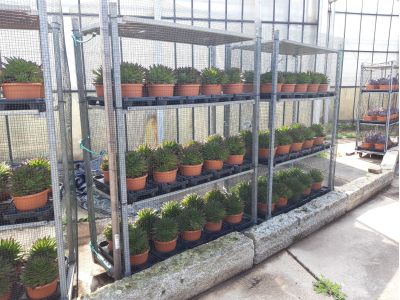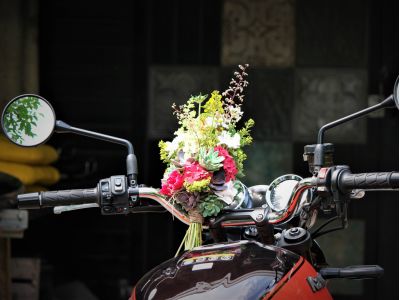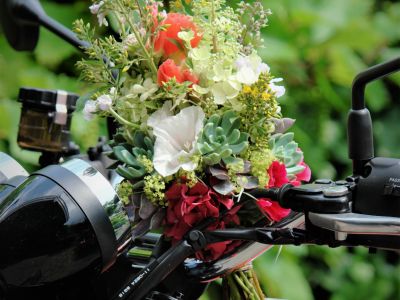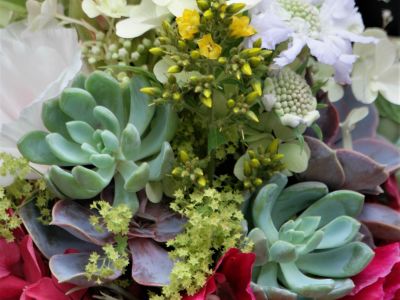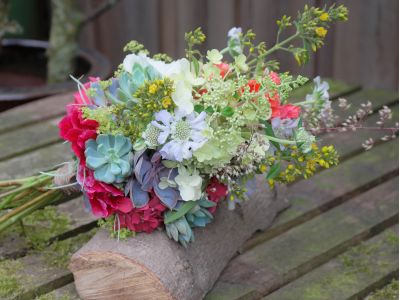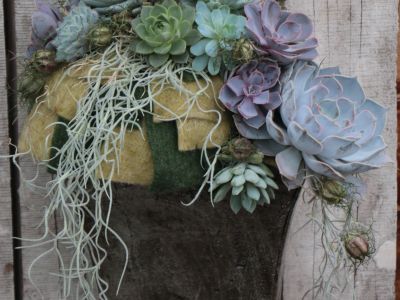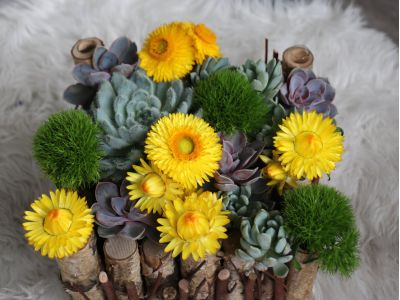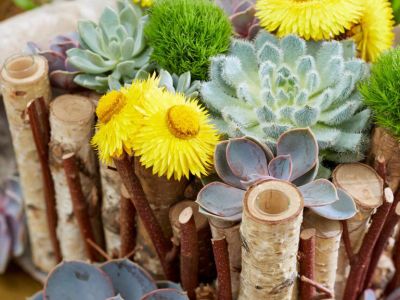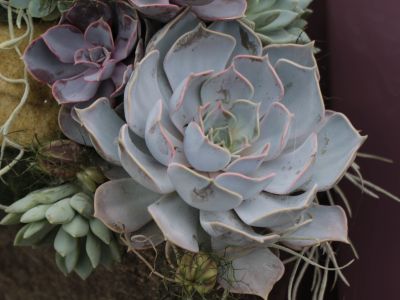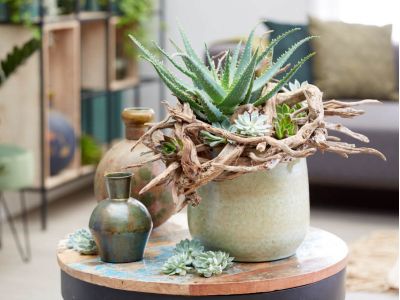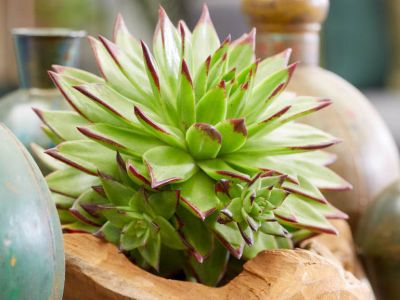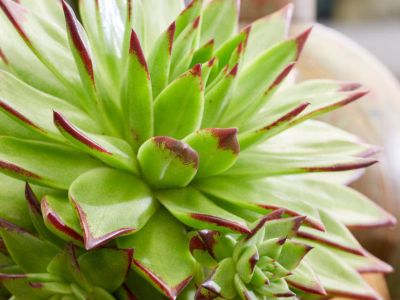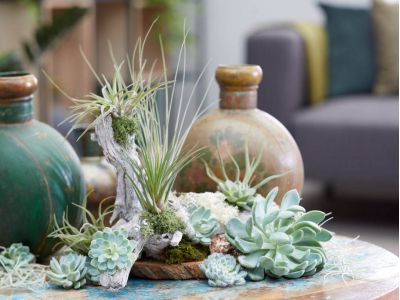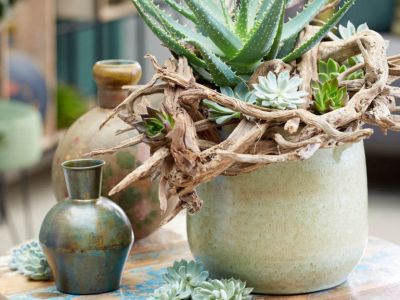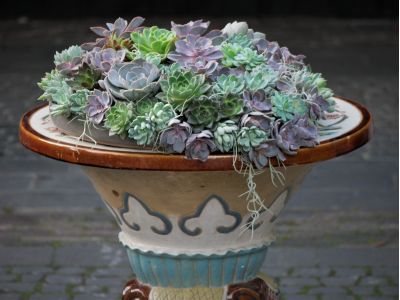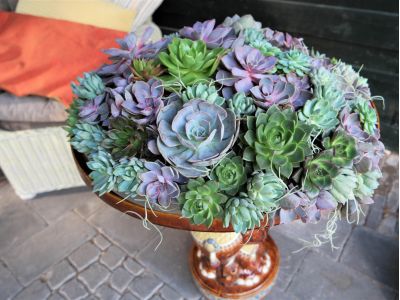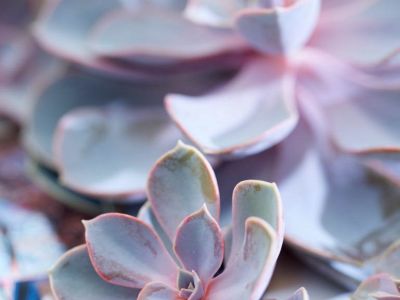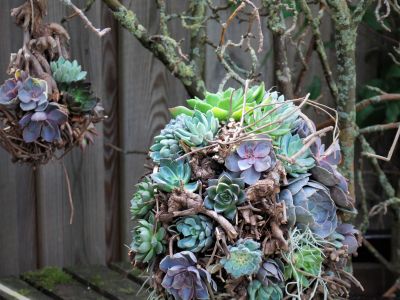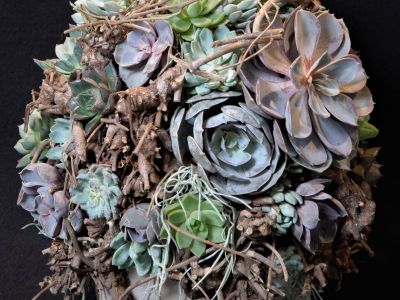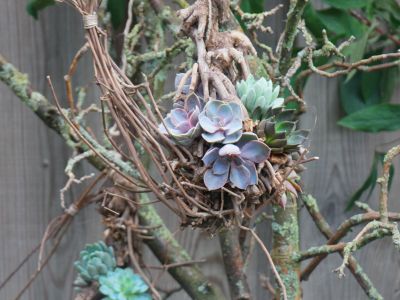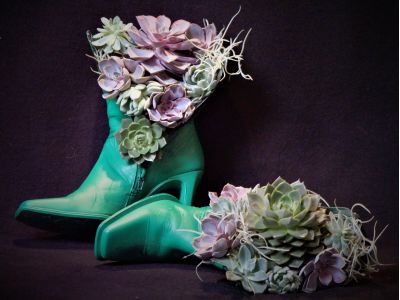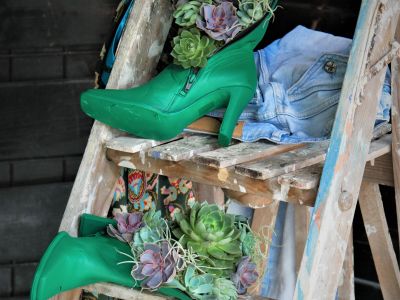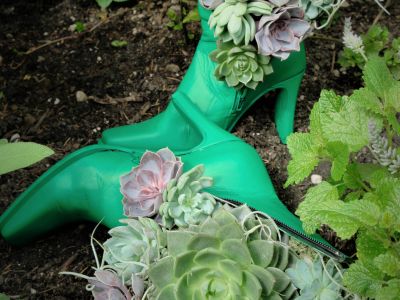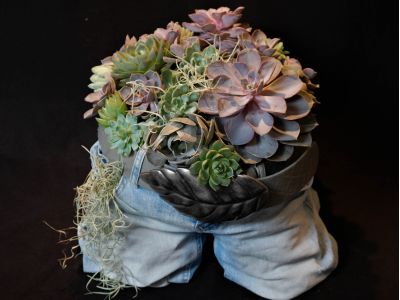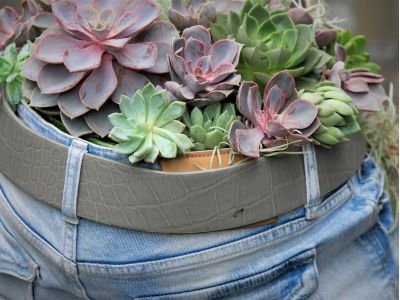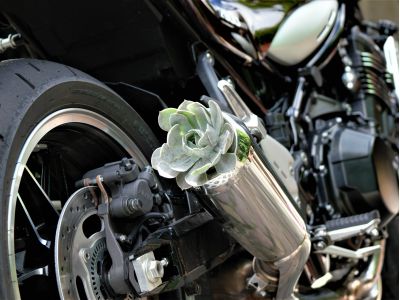Echeveria agavoides Ebony
In the spotlights
Echeveria is a plant family that has been around for years and is available in the most fun colors and leaf shapes! In recent years, the Echeveria has become increasingly popular again, not only as a potted plant, but also as a cut flower. We spoke to Robbert and Carola Verhaar, they told us more about this cheerful family.
As a little boy, when Robbert was still in primary school, he was already busy with plants. He tried to make several plants from cuttings from one plant. Soon the number of plants increased. His father was a driving flower sales man, the greenhouses behind the house were empty and Robbert could make good use of them. His collection expanded quickly. Even before he had his driving license, he and his father took the plants to the auction together. Years later he moved with his company from Oegstgeest to Rijnsburg, where today he runs his nursery together with his sister Carola and his father.
Red Lips
The echeveria originally comes from Mexico, named after Antonio Echeveria. Echeveria is part of the succulent family. We have put the beautiful Echeveria agavoides "Ebony", also called "Red Lips" in the FloraPodium spotlights. The name Red Lips is much more user-friendly and has been given as a result of the beautiful red spots she shows on the tip of her leafs. The Red Lips can be bought as a plant, but it can also be used as a cut flower in various types of arrangements.
The biggest advantage of this cut flower is that it requires little maintenance and does not have to be on water. So it can be used very nicely as a decoration on the table, decoration for the home, business arrangement or wedding arrangements. The echeveria is also very suitable for use in funeral arrangements, they stay beautiful for a long time in the cemetery outside.
The vase life of the Red Lips is also very long. They can last for weeks and - depending on the circumstances - sometimes even months. She has a huge water storage area in her leaf, which means she stays healthy for a long time without adding water. If you want to extend the vase life as a consumer, you can spray with water every once in a while. If you prefer the echeveria as a plant, you can put the flower in the ground. If all goes well, the flower will take root again.
On a stick
The small varieties of the echeveria, which are used as a cutting variant, are very often used in bouquets. In most cases these are put on a stick. If this is done for a very long time before use, the flowers may fall off the stick. The flowers lose moisture after a few days, causing the flowers to shrink slightly.
We therefore recommend adding the sticks as late as possible; in any case no earlier than when they arrives at the florist shop or end consumer, but certainly not before. The flowers can also be processed with flower glue. Use the cold version and not a hot glue gun, they will burn the plant.
Cultivation
All echeveria plants grow in the greenhouse, but to enhance the red color on the leaves of the Red Lips, the plants are placed outside for a while, so that they catch even more light. This makes the points turn red even more beautifully, which increases the decorative value. Outside, the plants are protected with nets so that the birds cannot drink the water that remains on the leaf or damage the leaf with their beaks.
Cuttings and cluster
Robbert and Carola produce their own plants. It kind of depends on how fast they grow, and the time of year is also an important factor. The process is a lot faster in summer than in winter.
New plants are not only made by using cuttings; larger plants create clusters, which are new flower roses that form on the side of the plant. These are cut off and replanted into the soil, after which this cluster grows further.
Sustainable cultivation
The echeveria is a fairly sustainable crop. With the exception of a single species, most echeveria species are not susceptible to diseases and pests. Compared to other crop types, very little control is required.
The soil from the empty cut containers is reused as soil for the Aloe arborescens. These are not at all impressed by a bug or disease. If there is any soil left in the bins, they will not be affected by it. The rest of the bins will be filled with fresh soil.
Nothing is thrown away from the echeveria plants themselves. Sometimes a plant grows crooked, or the bottom is not so beautiful. The rose of the plant is often very suitable as a cut flower, the bottom leaves are cut and the pot is reused.
Ebb and flow system
Watering is also done in a sustainable way, via a closed water system. The plants are all spread out in boxes on a closed concrete floor. Water comes up through wells made in the concrete tanks. Time, quantity and duration can all be controlled by computer. As soon as the water withdraws, it is collected and piloted back to the silo. Here the water is purified and ready to be reused.
FloraPodium, 08 October 2020








